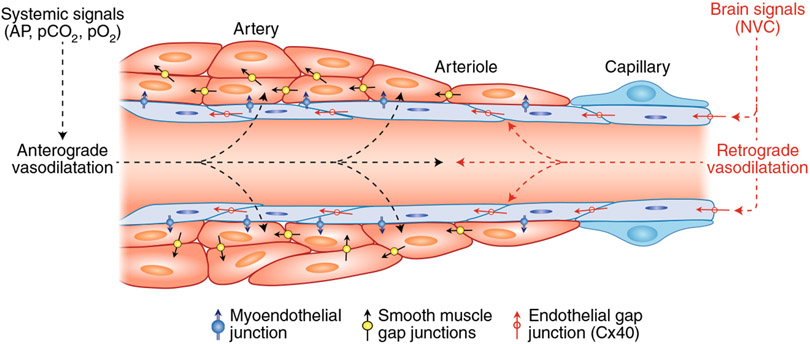Fig. 6 ∣. Central and peripheral vasoactive signals regulating CBF.
Vasoactive signals arising from the periphery (systemic signals) exert anterograde effects on all segments of the cerebrovascular tree by acting mainly on SMCs (anterograde vasodilatation). Brain-intrinsic vasoactive signals evoked by NVC and, possibly, central pathways arise within the substance of the brain and propagate retrogradely to microvascular SMCs and beyond via inter-endothelial junctions (retrograde vasodilatation). During activities of daily living, in which major changes in AP and blood gases occur, maintenance of the perfusion and homeostatic balance of the brain depends on the dynamic and coordinated interaction of these vasoactive signals engaging all segments of the neurovascular complex.

